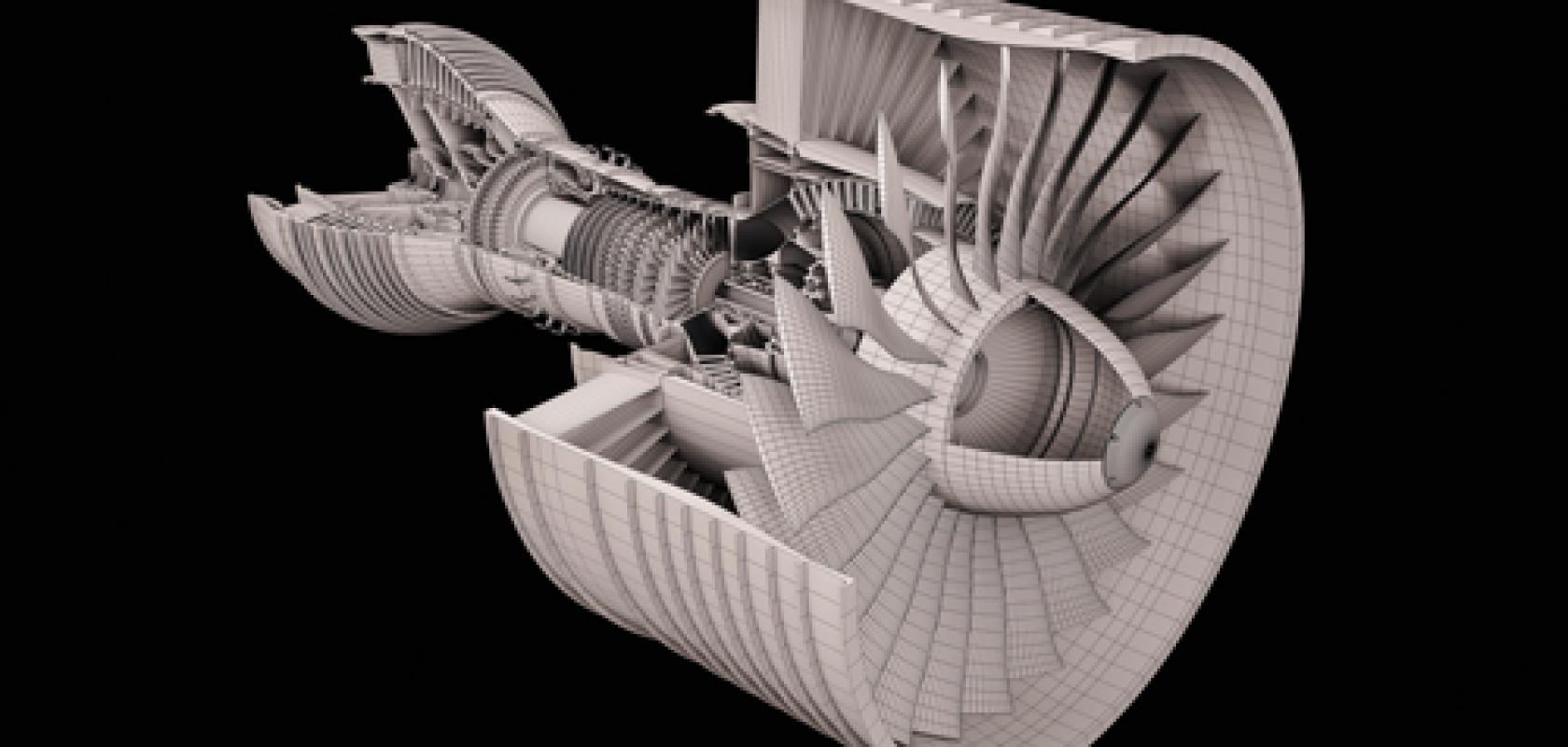With increasingly complex goals for simulation projects, many engineers are turning to high-performance computing (HPC) resources to support product development. But as demand increases, users are increasingly straining their in-house resources and this ultimately means that detail must be reduced to keep up with demand. This results in reduced simulation fidelity leading to slower product development.
In a recent Scientific Computing World webcast from Ansys and Intel entitled: 'Hardware and Usability Guidelines for Engineering Simulation', Wim Slagter, director, HPC and cloud alliances at Ansys gave insights into how to maximise resources for different Ansys simulations and laid out some guidelines to help engineers use their HPC hardware effectively.
‘Engineers are wasting time,’ stressed Slagter. ‘In a recent, large survey among our customers about a quarter of the respondents said that they limit the size or the amount of detail for nearly every model that they run due to turnaround time limitations. Almost half of the respondents said that they imposed these limits on at least half of their simulations.’
Slagter continued: ‘In the same survey respondents also reported on how often limiting the size of simulation detail impacted the fidelity of results. More than half of the respondents report that this is the case for more than 50 per cent of their simulations.
‘It is obvious that many engineers are constrained by compute capacity. Many of them spend quite a lot of time and effort in adjusting the model size and complexity to be able to run simulations on their hardware.’
Slagter noted that this is a story that is often shared by engineers in many different industries. They are using engineering simulation software but it does not deliver the throughput or performance that they expect.
‘By working with our partners like Intel for many years we have learned that a balanced hardware solution can provide you with the best return for your hardware and software investment,’ said Slagter. ‘You are better off investing in technologies that will accelerate your specific Ansys applications.’
One example noted by Ansys during the presentation was the effect of using the latest hardware and software together to maximise performance gains.
Slagter noted that ‘Combining the latest version of Ansys Mechanical with more than a 2-core workstation increase simulation increases performance by 8 times when compared to three-year-old hardware,’ said Slagter.
Another example compared 32 core CPUs (Cascade Lake, Broadwell and Haswell) architectures running ten examples of Ansys Mechanical workloads. Using the latest Intel Cascade Lake processors Ansys found that ‘running on 32 cores we saw an 82 per cent improvement in speed relative to the Haswell processors,’ states Slagter. ‘This is why it is key to invest in the latest hardware.’
Cluster scaling
While the initial discussion focused on single systems such as workstations and their performance Slagter waldo addressed larger systems and the Intel Platinum range of CPU’s used in hybrid-cloud data centres.
The presentation from Slagter notes that on systems up to 4 nodes, using core counts from 32-128 on Skylake and Cascade Lake processors, the Gold 6424 (Cascade Lake) CPU was found to be 15 per cent faster for Ansys Mechanical Workloads. ‘The noticeable 15 per cent speed up can be achieved by using the latest processors from Intel,’ said Slagter.
The free webcast goes into more much detail about CPU types, memory speeds, bandwidth, turbo mode, storage and many other factors that can determine the performance of the simulation. The webcast also includes information about the latest Intel products from Michael Kendrick, HPC product manager at Intel.


